Abigail Klein Leichman for ISRAEL21c:
Everyone knows that Tel Aviv is the vegan capital of Israel, right? After all, it’s home to scores of vegan restaurants and many of the 5 percent of Israelis who eat a plant-based diet.
Well, here’s a surprise: Long before you could get veggie shawarma in Tel Aviv, a community in the desert town of Dimona pioneered the vegan lifestyle in Israel.
They’re called the African Hebrew Israelites of Jerusalem and they live in a compound called Neve Shalom (Village of Peace). The original 138 members of the community, mostly natives of Chicago, arrived in Israel in 1969.
I found many parts of their veganism fascinating. For them, it stems from specific Bible verses:
They are not Jewish, but they consider the Bible their history and guidebook.
In Genesis 1:29-30, a plant-based diet is prescribed for Adam and Eve in the Garden of Eden: “And God said, Behold, I have given you every herb bearing seed, which is upon the face of all the earth, and every tree on which is the fruit yielding seed; to you it shall be for food. … everything that has the breath of life in it, I give every green herb for food.”
[…]
“We eat foods in season and no foods that are seedless. For example, no seedless grapes or watermelon. That goes back to the biblical verse about ‘every herb bearing seed.’ There’s something about the seed that makes it the proper food for our consumption and if you tamper with that it would have a negative effect,” says Ben Yehuda.
And I love this bit showing their dedication:
In the early days, the Hebrew Israelites could not find vegan staples like tofu and soymilk in Israel. So one community member was sent to Japan to learn how to manufacture them.
“When he came back, we invested in a factory producing tofu and that led to an entire range of foods that [we] began to develop from soy and other sources,” says Ben Yehuda.
The company they started has gone on to produce over 200 products, including the cheese for Domino’s vegan pizza in Israel. It shows what a little dedication and time will do.
